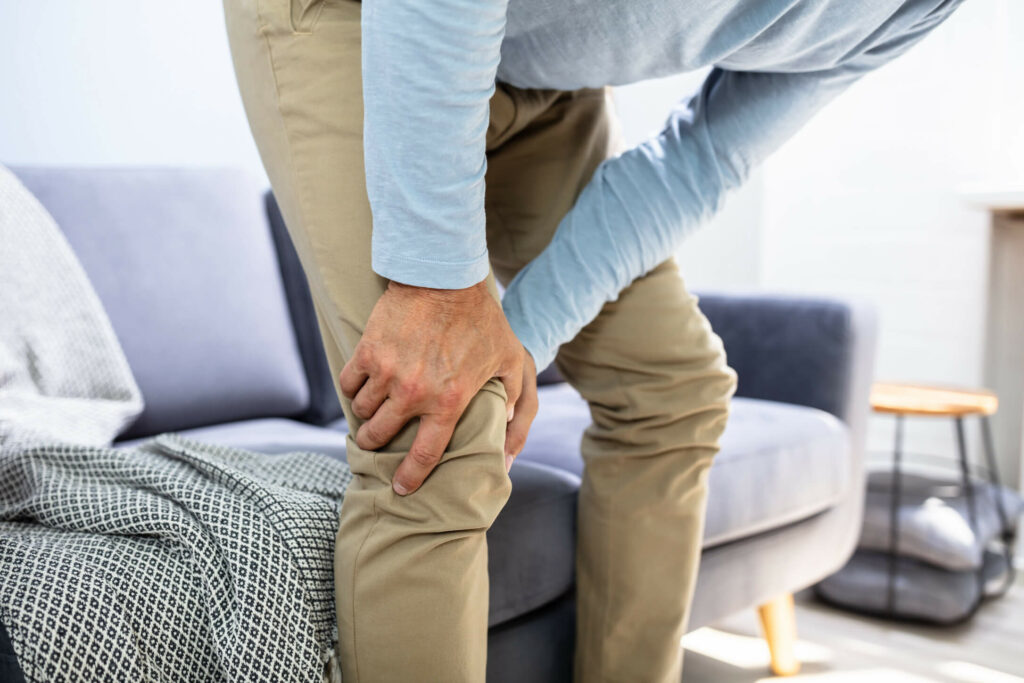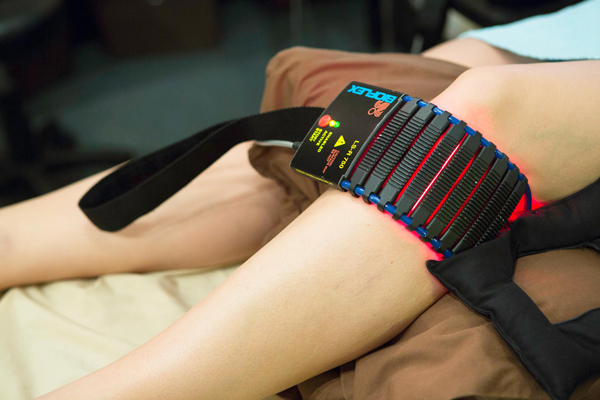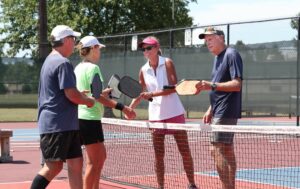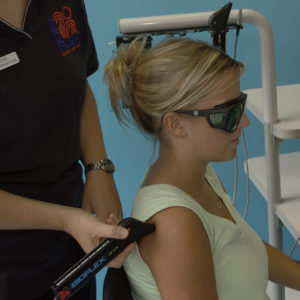People rant and rave about the weather in Phoenix year-round. When the rest of the country is shoveling snow, we’re boasting about 72 degrees, bright and sunny days. Normally, we’re well into the 80s and 90s consistently by now. Meteorologists across the state have pegged this winter as a record-setting coldest winter in Arizona’s history. Most Phoenix residents are happy about this, considering the heat that we know is coming in the summer. But, if you’re one of the 25% of adults who suffers from chronic knee pain, joint pain, or arthritis pain, you’re probably cursing these cold and rainy days.
We understand. We’ve all heard those stories from friends or loved ones, or perhaps you’re the one, who can predict the weather with your knees. You can tell before Royal Norman’s report, that it’s going to rain soon. While science doesn’t agree on one solid reason for this phenomenon of exactly why the human body is able to predict the weather with our joints, it’s clear that we can. Some say it’s barometric pressure. Others say the fluid within our joints thickens.
Treat the Cause, Not the Symptoms
Here’s the thing, whatever the reason, the one thing we know for sure is that when we experience knee pain, there is a root cause and it’s not the weather. Feeling that extra soreness with this unseasonably long winter we’re having here in Phoenix is just another symptom of a bigger problem. The key is to treat the cause of that bigger problem, not the symptom. Let’s get into it.

What are the Causes of Knee Pain?
Injury
If you’ve experienced any sort of trauma to your knee, there will be pain associated. Our knees are made up of several moving pieces and they all work hard to support the brunt of our weight while performing normal daily activities. Knees experience significant wear and tear. There’s a lot of room for error even when we’re not pushing them to their limits. Anyone who has ever experienced a knee injury knows that it doesn’t take much to incur injury.
A few types of knee injuries are:
• ACL tear – usually occur in sports, during pivoting movements.
• MCL tear – can occur any time there is a direct blow to the knee.
• Meniscus tear – usually occurs during sports, during twisting or pivoting.
• Tendon tear – can occur at any time, usually from a fall, jumping, or awkward landing.
• Fractures – usually only occur with significant falls or car accidents.
• Dislocations – usually only occur with significant falls, car accidents, or significant blows to the knee.
Mechanical
Our hip, ankle, and foot function must be evaluated when we have knee pain. Dysfunction in these areas can contribute to knee pain. This can be for several reasons. We could favor one side or the other while walking if we have pain in our hip, ankle, or foot. This changes our gait, which creates more pressure on our knees.
There is also a strong band of tissue that runs from our hip, down the outside of our thigh, to the top of our shinbone. This is called the iliotibial band, or I-band. When this becomes irritated, tight, or swollen, it’s known as ITBS or Iliotibial Band Syndrome. This often happens in athletes, especially those who run or cycle. ITBS causes pain in the knee and hip.
Sometimes related to ITBS, but also sometimes a standalone issue is altered foot pronation. Foot pronation is the natural direction our feet roll when landing during running to absorb shock. Everyone has their own foot pronation. The shoe company, Asics explains pronation really well. Sometimes, when this is altered it creates a fallen arch which can cause increased stress to the soft tissues around the knee joint. Professional foot orthotics may be necessary to resolve this.
Another hip-related knee pain is the muscle that helps us lift our leg out sideways and rotate our hip outward. It’s called the gluteus medius. This muscle is located near our rear ends and outer hips. You may not realize it because of its location, but when this muscle becomes irritated or inhibited, usually caused by sitting for too long, knee pain is associated, and rehabilitation may be required.
Arthritis
Several different types of arthritis can cause knee pain. The most common type is osteoarthritis. This is usually found in those aged 50 or older, but that’s not to say it can’t be found in those younger. You’ve probably heard people describe knee pain as “bone on bone” pain. This is osteoarthritis. As we age, the protective cartilage begins to wear down, causing the bones within our knees to rub against one another. This can lead to bone spurs and cause significant pain.
How We Treat Knee Pain at LaserTech in Scottsdale
The good news is most knee pain can be successfully treated without surgery and scary needles. There’s a lot of fear when it comes to seeking treatment for knee pain because of stories that have been shared about draining fluid, invasive shots, or surgeries that require months of recovery and addictive pain medications. Even after all of those scary procedures, the weather gets cold, it rains, or Phoenix has its longest winter ever…and the knee pain returns.

Here at LaserTech, we offer a great, noninvasive solution. Many people have bone-on-bone knees without pain, so noninvasive treatment can help as long as there is still a reasonable knee range of motion. Our technologies allow us to stabilize the joints in your knee and reduce the pressure that’s been placed on your damaged and worn tissues and cartilage. We treat the root of your knee pain and ultimately increase the circulation around your knee and the other structures mentioned above that surround your knee or contribute to your knee pain, thereby reducing inflammation and allowing the knee as a whole to heal. We’re here to help. Reach out today to join the hundreds of chronic knee pain sufferers who we’ve proudly helped find relief.




